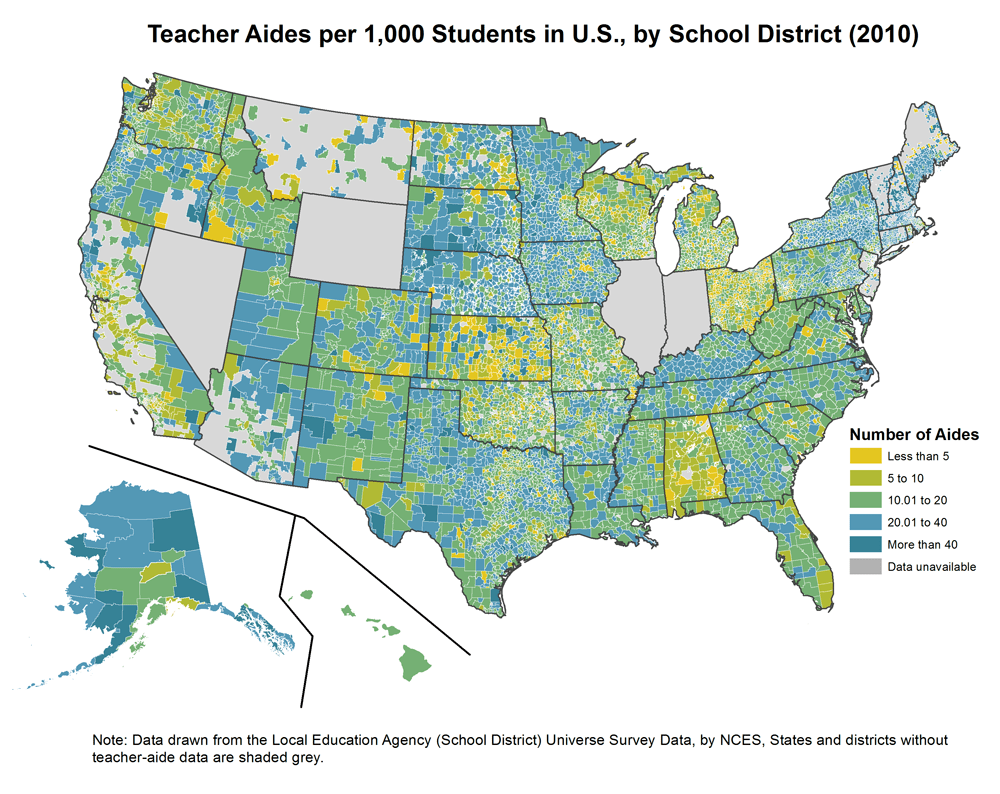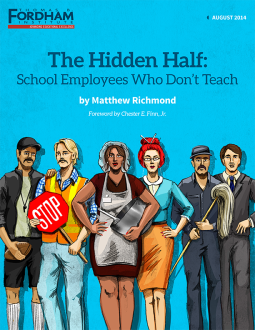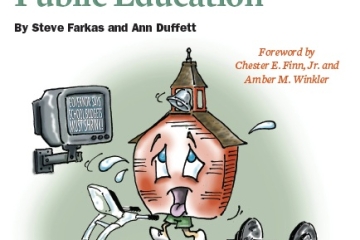The number of non-teaching staff in the United States (those employed by school systems but not serving as classroom teachers) has grown by 130 percent since 1970. Non-teachers—more than three million strong—now comprise half of the public school workforce. Their salaries and benefits absorb one-quarter of current education expenditures.

The Hidden Half: School Employees Who Don’t Teach analyzes how school staffing has changed over the last half-century, what might be driving the trends, and whether these developments are financially sustainable or educationally wise.
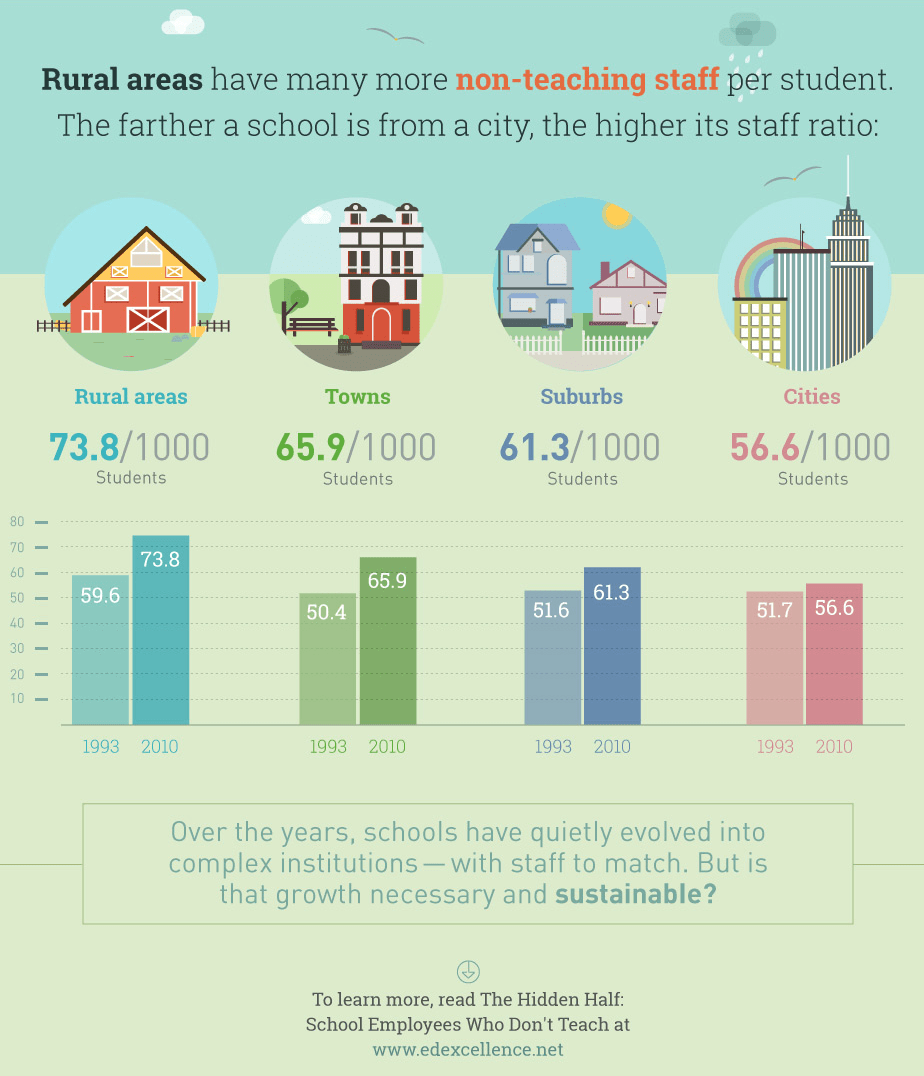
Click the image to view a larger version
SHARE THIS!
Right click and save the images to save to your computer. Please share on your networks.
 |
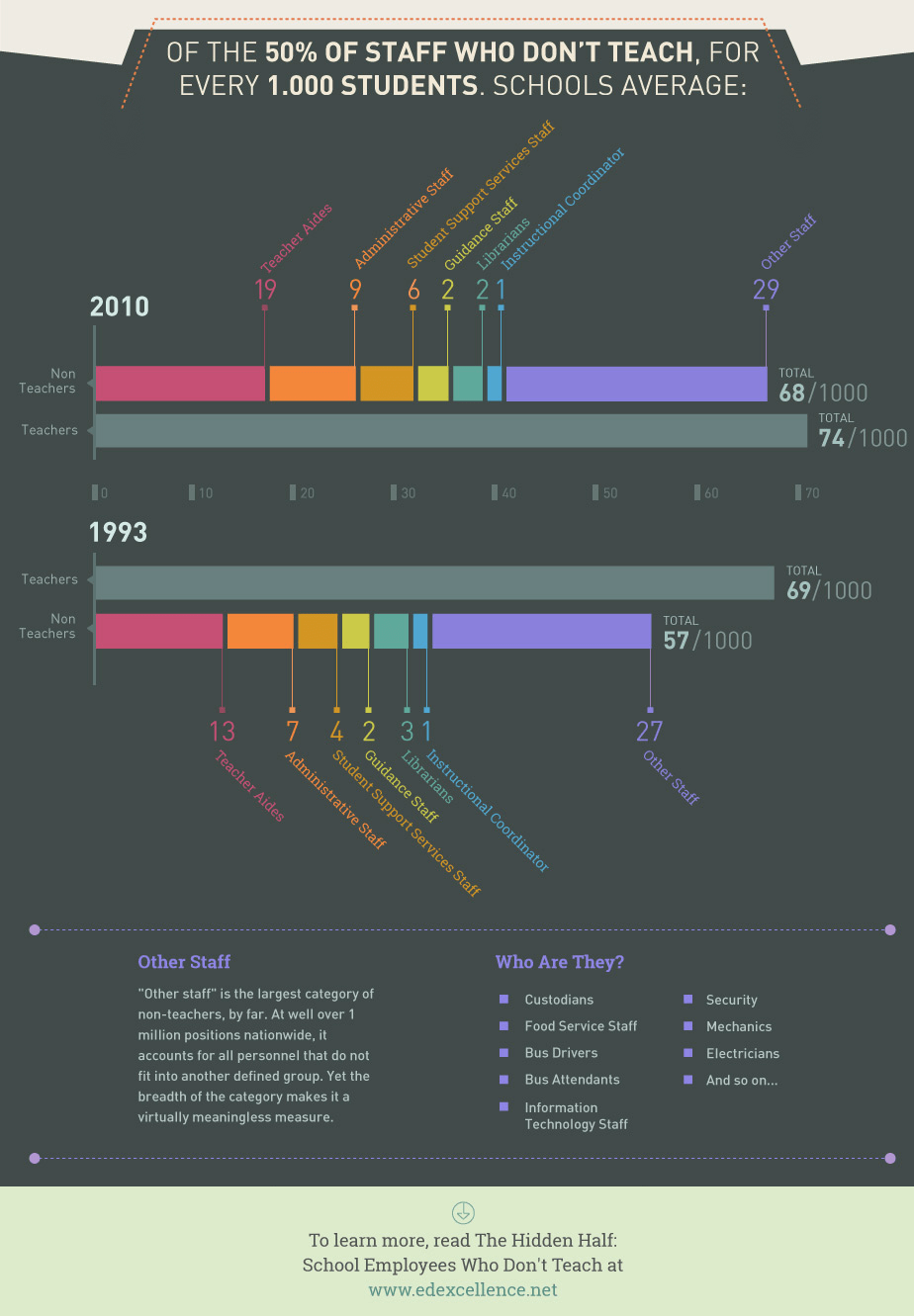 |
 |
 |
____________
If you have questions about the book, please email Dara Zeehandelaar.
